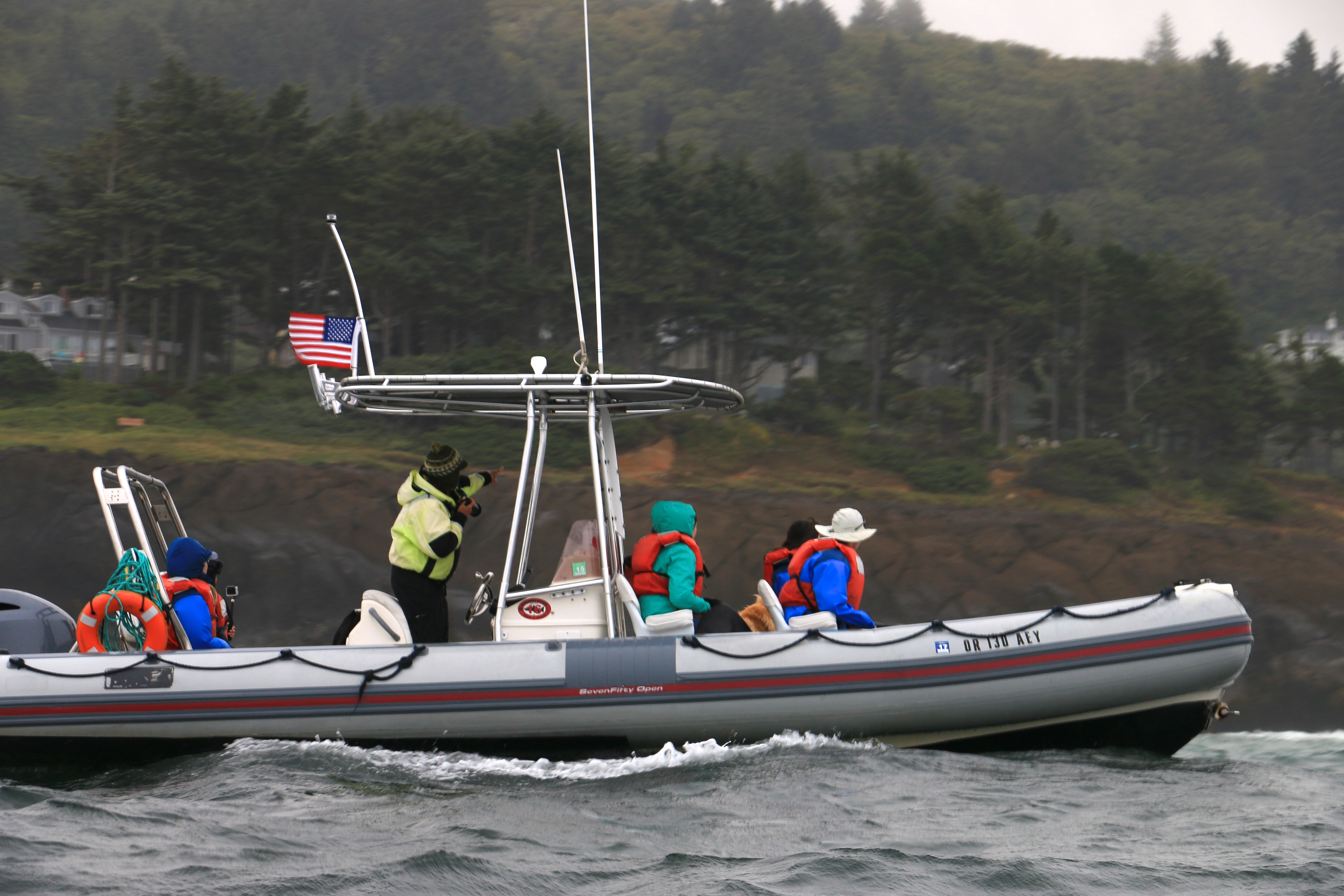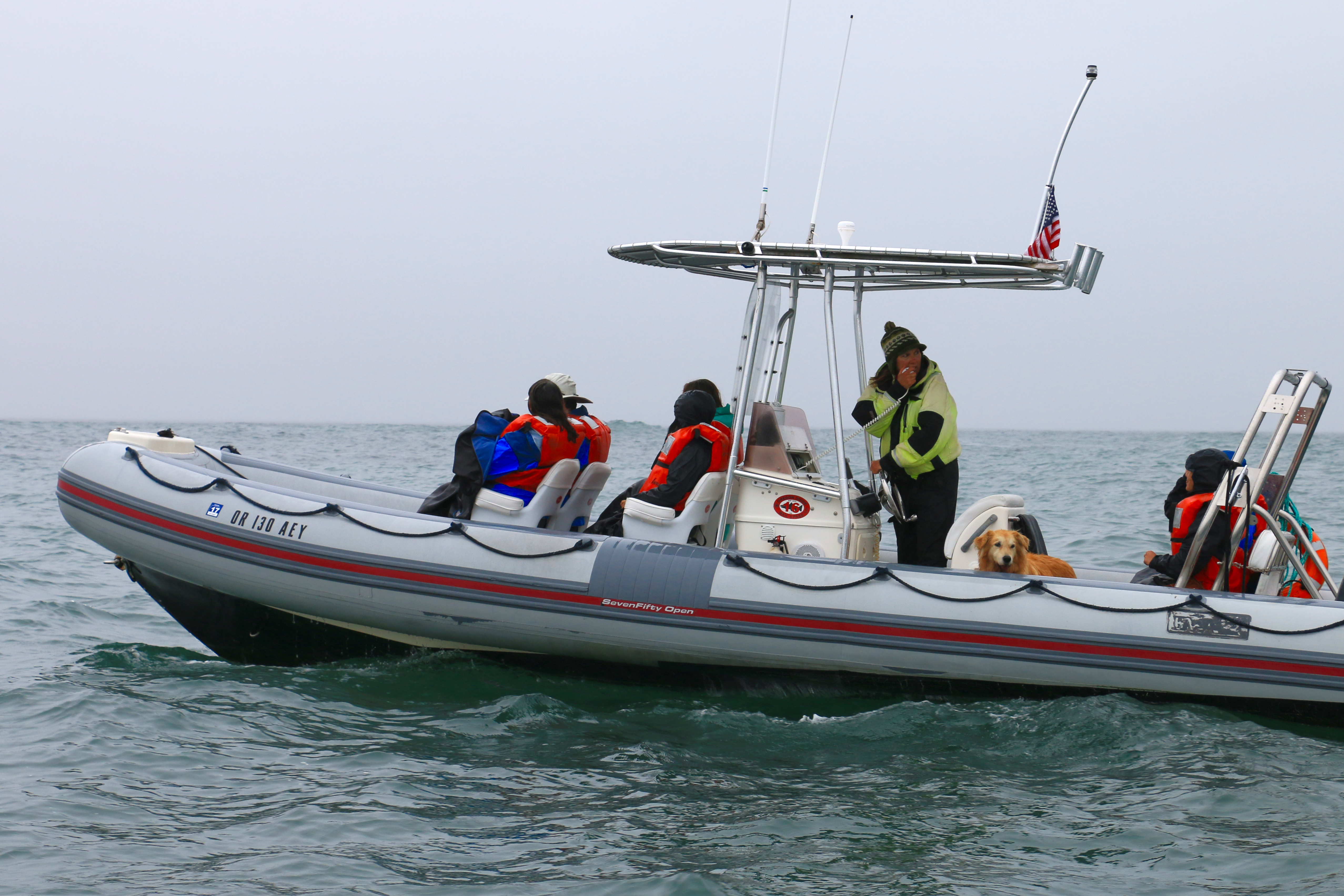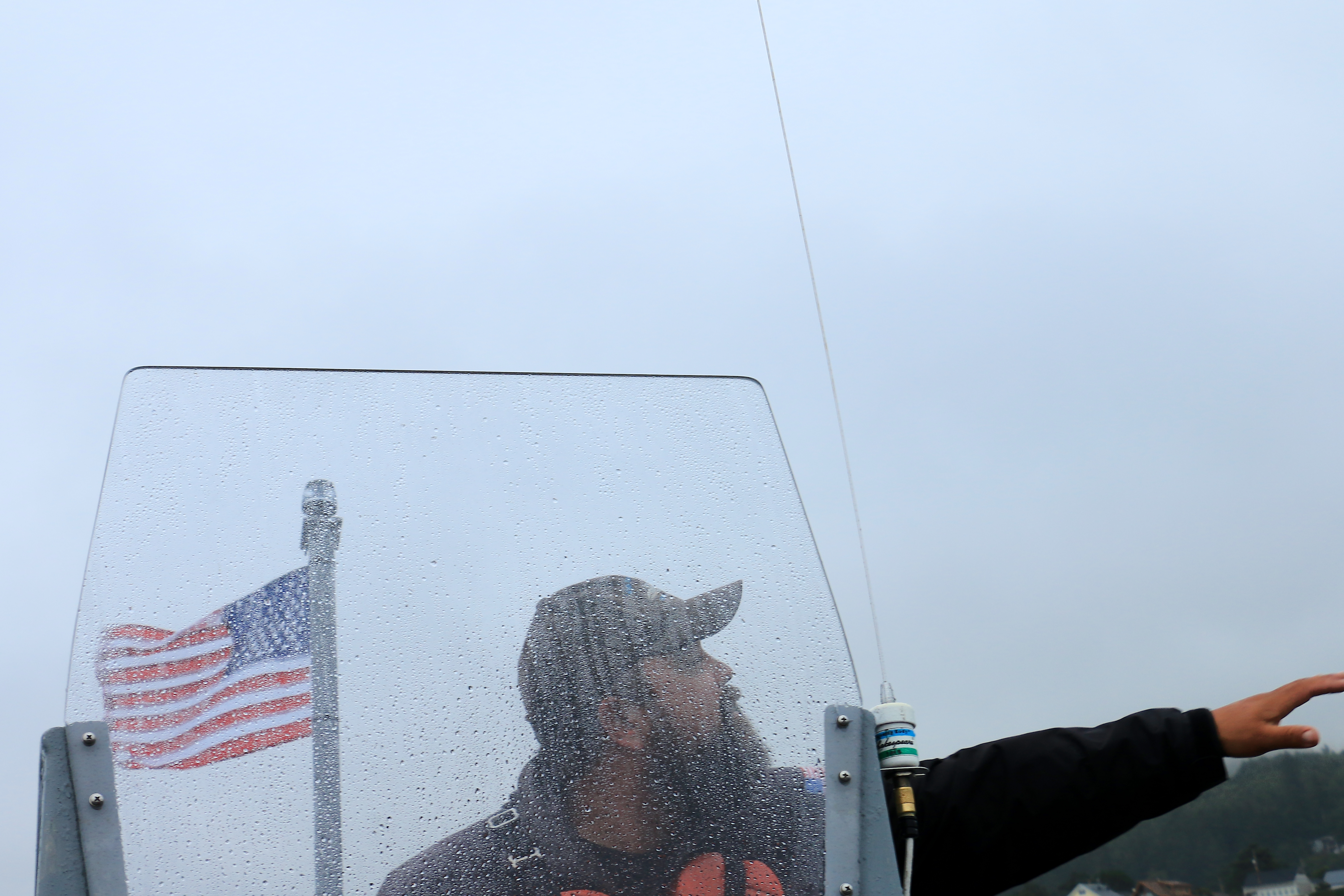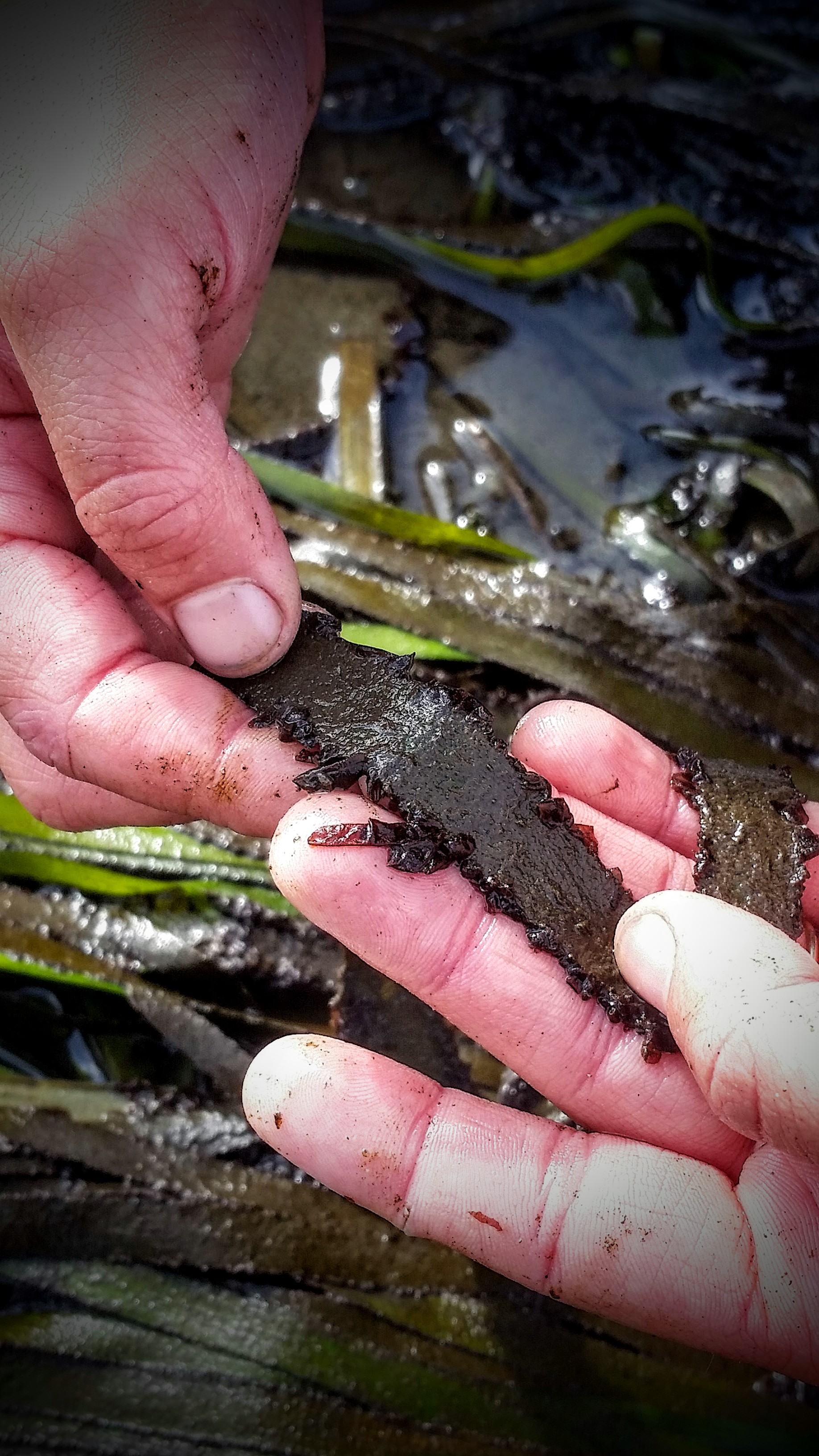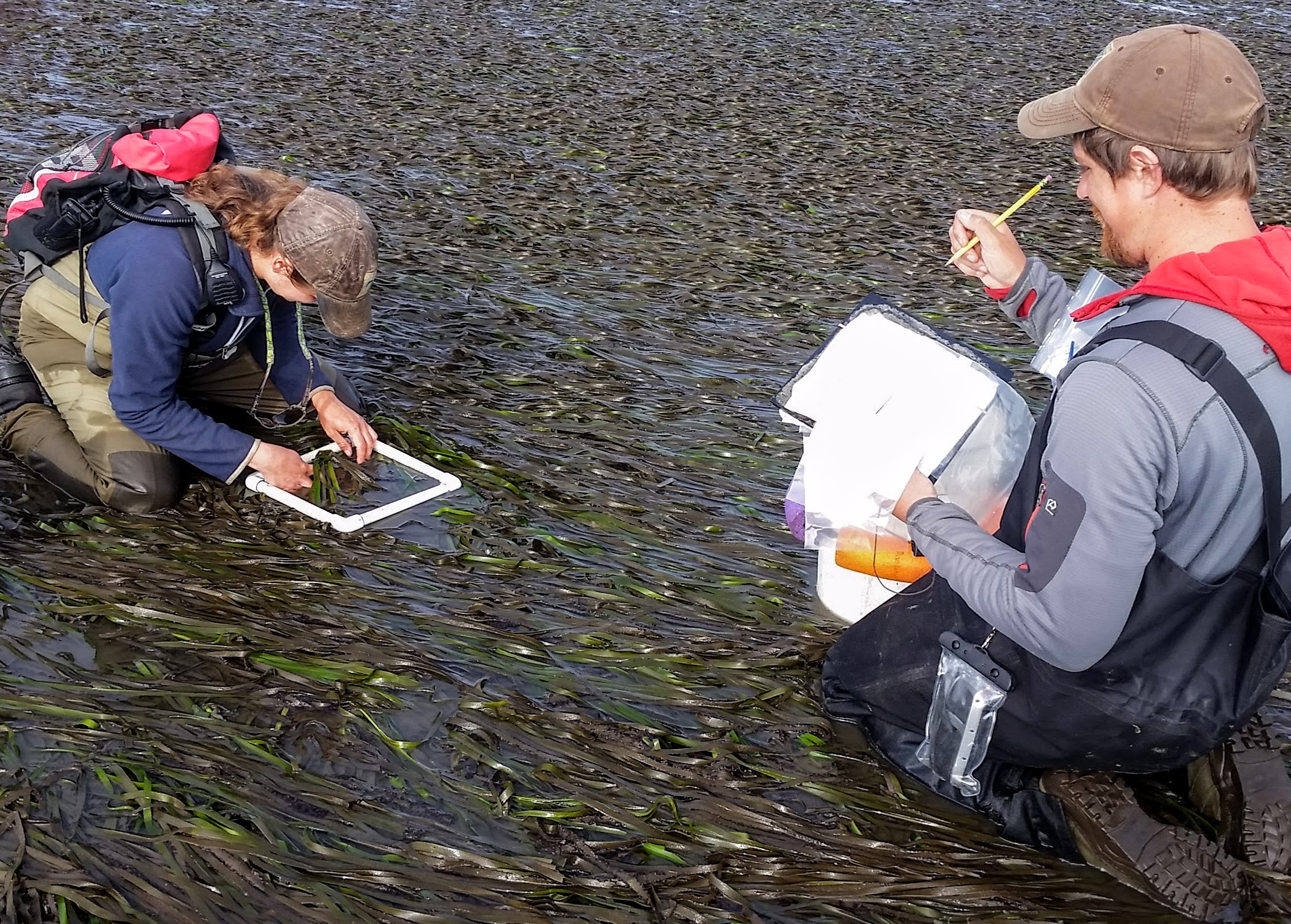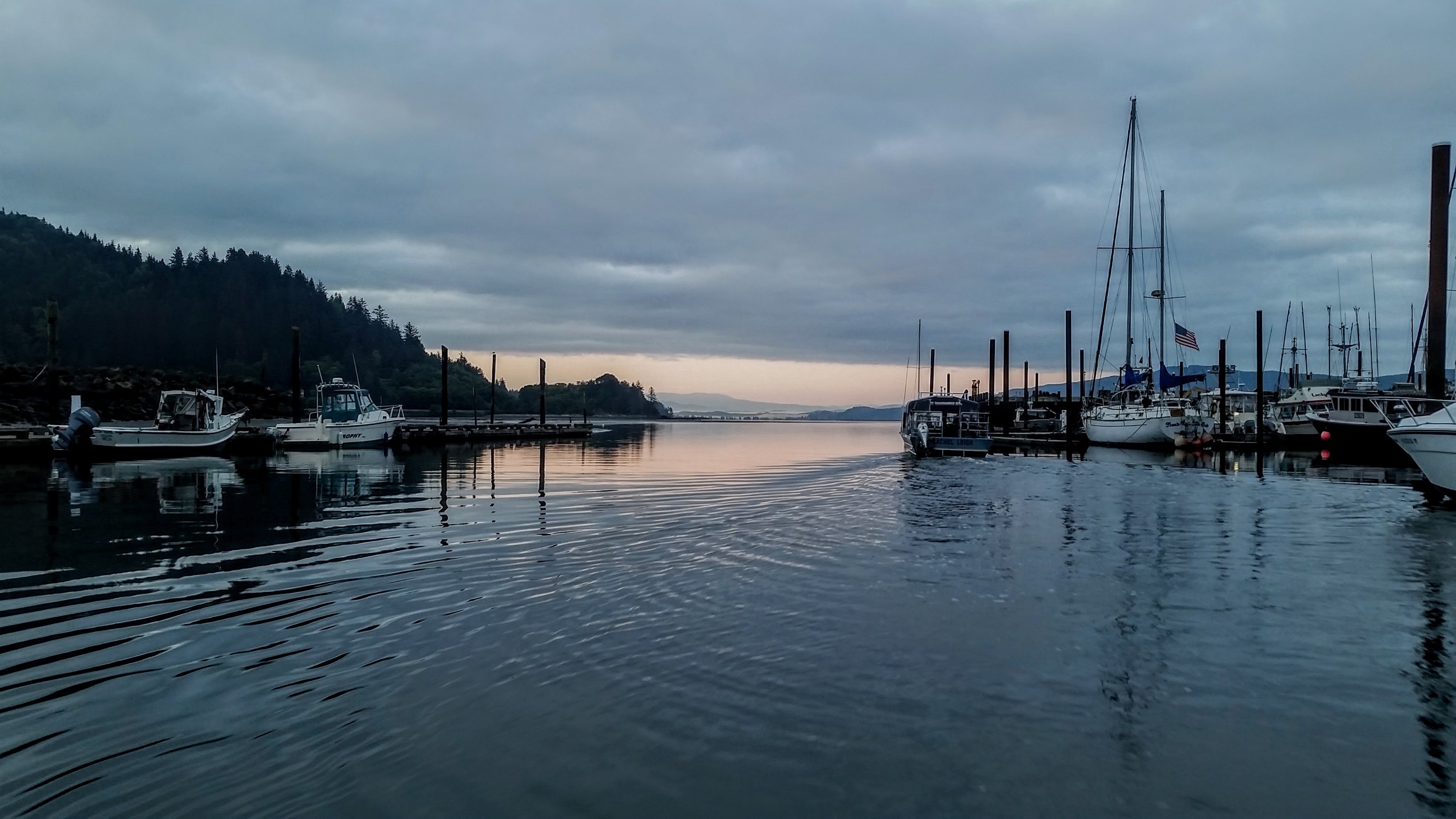As a child, my mother instilled in me her love of birds. I used to sit with her field guides and identify species as they landed on the feeders just outside our windows. My mom further encouraged my fascination by allowing me to incubate quail eggs and raise both ducks and chickens. Her only objections came when I set live traps with seed near her feeders. Nonetheless, I was destined to be a birder. Of all the bird species I have encountered, my favorite remains the long-legged bird I grew up watching hunt at the lake by my house: The Great Blue Heron.

Blue herons are large birds with wingspans reaching up to 6 feet. Adults display greyish blue bodies with long black plumes flowing off the back of their heads and thighs the color of pine bark. When they fly, their long necks coil back much like a snake ready to strike. These birds have specialized feathers on their chest that are continuously growing, similar to hair. Blue herons grip these feathers with their feet and use them like washcloths to remove fish oils and other slime from their feathers. Little known fact: there is a white color variant great blue heron found in southern Florida and Eastern Mexico. (See picture below) #NotAnEgret
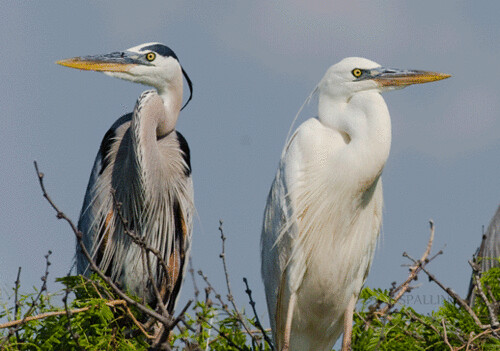
These magnificent creatures are also deeply integrated into the fabric of the food webs they reside in. The blue heron’s predator-prey interactions have shown to be quite complex. For instance, in the Southeastern United States, blue heron nest colonies are commonly found above alligator infested waters. While this might seem unusual, this is a mutualistic relationship. By nesting in the trees above alligator territory, herons make it difficult for other animals to climb up and eat their eggs. Waterbirds typically hatch more offspring than they can feed. Runts are bumped out by larger chicks and become alligator food. Furthermore, the birds’ feces adds nutrients to ground below nests, leading to a higher abundance of fish and reptiles… food for both species.
*Pictured below is a great blue heron making off with a young alligator.*

In my mind, blue herons are the ecological masters of North America. What about bears and other predatory mammals, you say? While these types of creatures can overpower all they encounter and have no natural predators, they are not necessarily the best adapted species for the environments of our continent. In winter months, when food is scarce, bears are forced to hibernate and wolves must travel long distances in pursuit of infrequent prey. Blue herons, on the other hand, simply fly to warmer climates where food is abundant. Wings seem to be a necessary adaptation when conquering the environments of an entire continent. Wings allow blue herons to spend their summers from Alaska to Nova Scotia and their winters anywhere from the Galapagos Islands to the West Indies.

Wings are not the only attribute that makes the great blue heron note worthy. Birds of Prey, such as the bald eagle, also have wings, but these birds’ distribution and territory is limited by foraging strategy and diet. When bald eagles hunt, they perch on branches overlooking bodies of water and wait for a fish to present itself. In contrast, blue herons actively forage for prey in the water and feed on a wider variety of organisms, including: shrimp, crabs, aquatic insects, fish, snakes, lizards, frogs, rodents, and small birds. Their diverse diet is plentiful and evenly distributed, enabling them remain further north later into winter. This allows them to dominate territory with little to no competition.

I have a tendency to regularly encounter these birds. I have seen them spear sea trout on the flats of gulf coast barrier islands, perch along Appalachian Mountain streams, and pluck Dungeness from Oregon’s estuaries. Every time I see a blue heron, I’m filled with a sense of security and amazement that makes me feel like a child. I like to think of them as a good omen and a reminder that my home is greater than the state I was raised in.

I’m not exactly sure where my love for these birds comes from, but they seem to be a pretty common theme in my life. It might come as no surprise that the organization I volunteer for back home and the research reserve I was placed at through the Summer Scholars program share a particular mascot…











